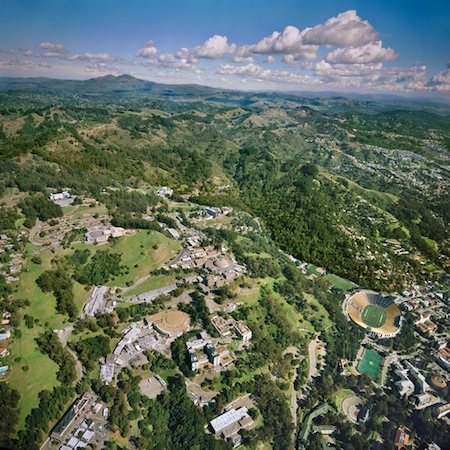UC National Laboratories
Lawrence Berkeley National Laboratory (LBNL)
Overview
Nobel Prize-winning physicist Ernest Orlando Lawrence, who invented the cyclotron, founded the laboratory in 1931. Lawrence pioneered the modern practice of interdisciplinary science, bringing together scientists, engineers, and technicians from different fields to work on complex projects.
The laboratory became a federal facility in 1942, and UC's management of LBNL for the government was formalized the following year. The first laboratory in the federal laboratory system, its physicists and chemists have won nine Nobel Prizes.
Today, LBNL is a multi-program lab where research in advanced materials, life sciences, energy efficiency, detectors and accelerators serves the country's needs in technology and the environment.
The Berkeley lab has been a worldwide pioneer in the development of radiation therapy for treating cancer. It helped explain the difference between the healthy and unhealthy blood fats (HDL and LDL) and how they affect your health. It also helped explain photosynthesis, by which plants produce food; how radon can seep into buildings and increase the risk of cancer; and how to make buildings more energy efficient through the use of better windows and light bulbs that use less electricity.
The 200-acre lab is located on the hillside above the UC Berkeley campus, overlooking San Francisco Bay.

